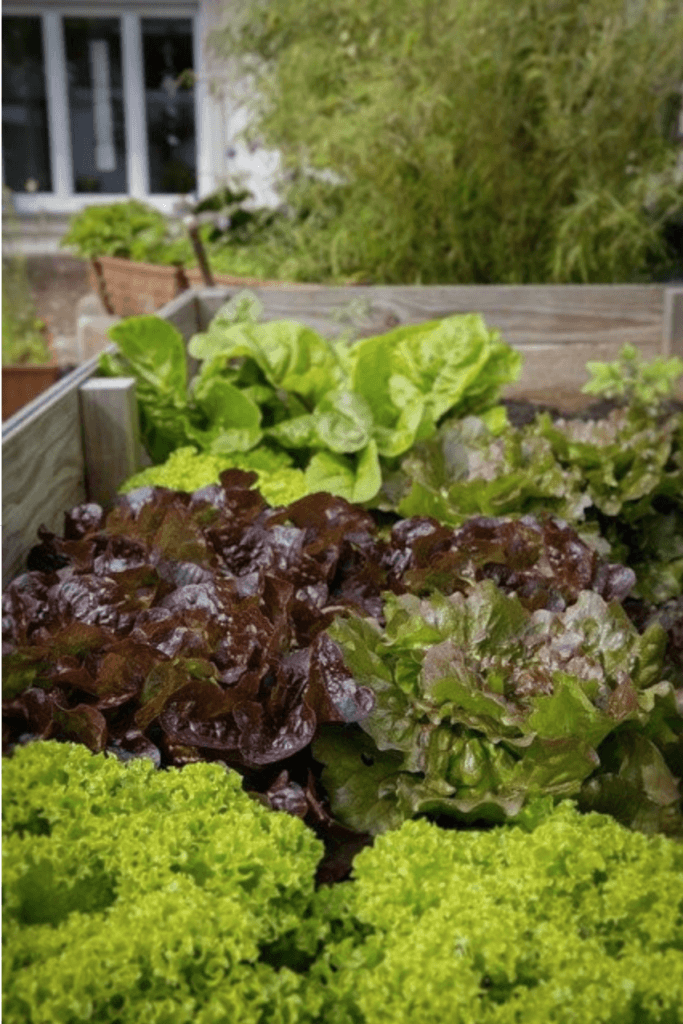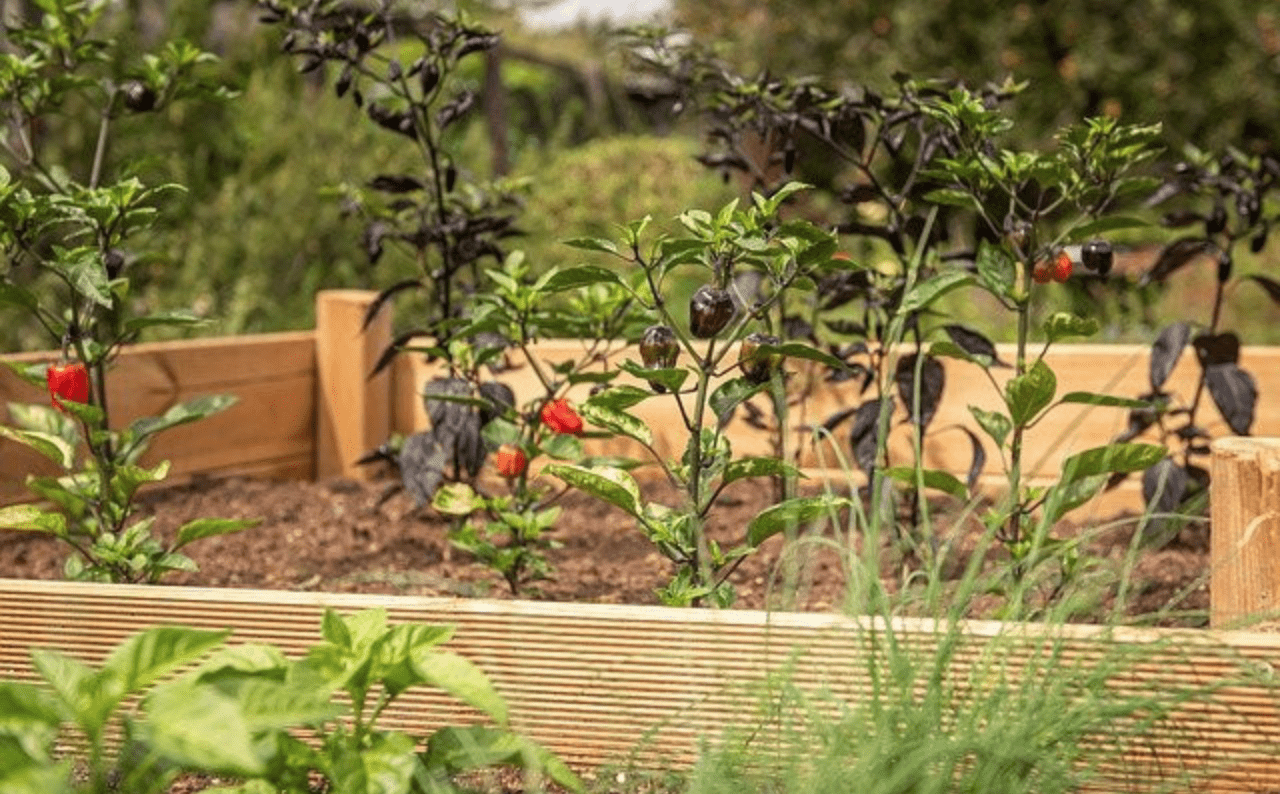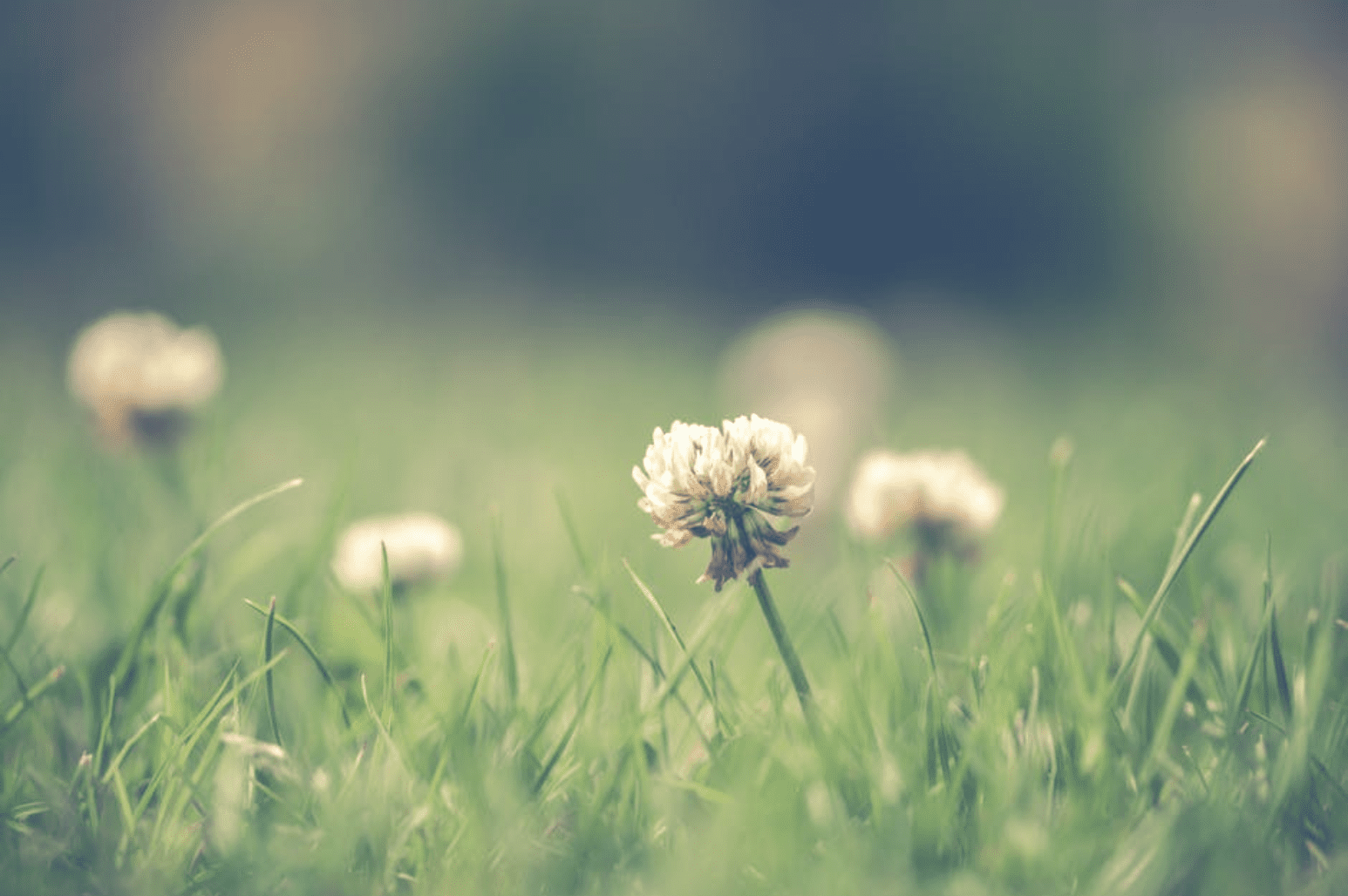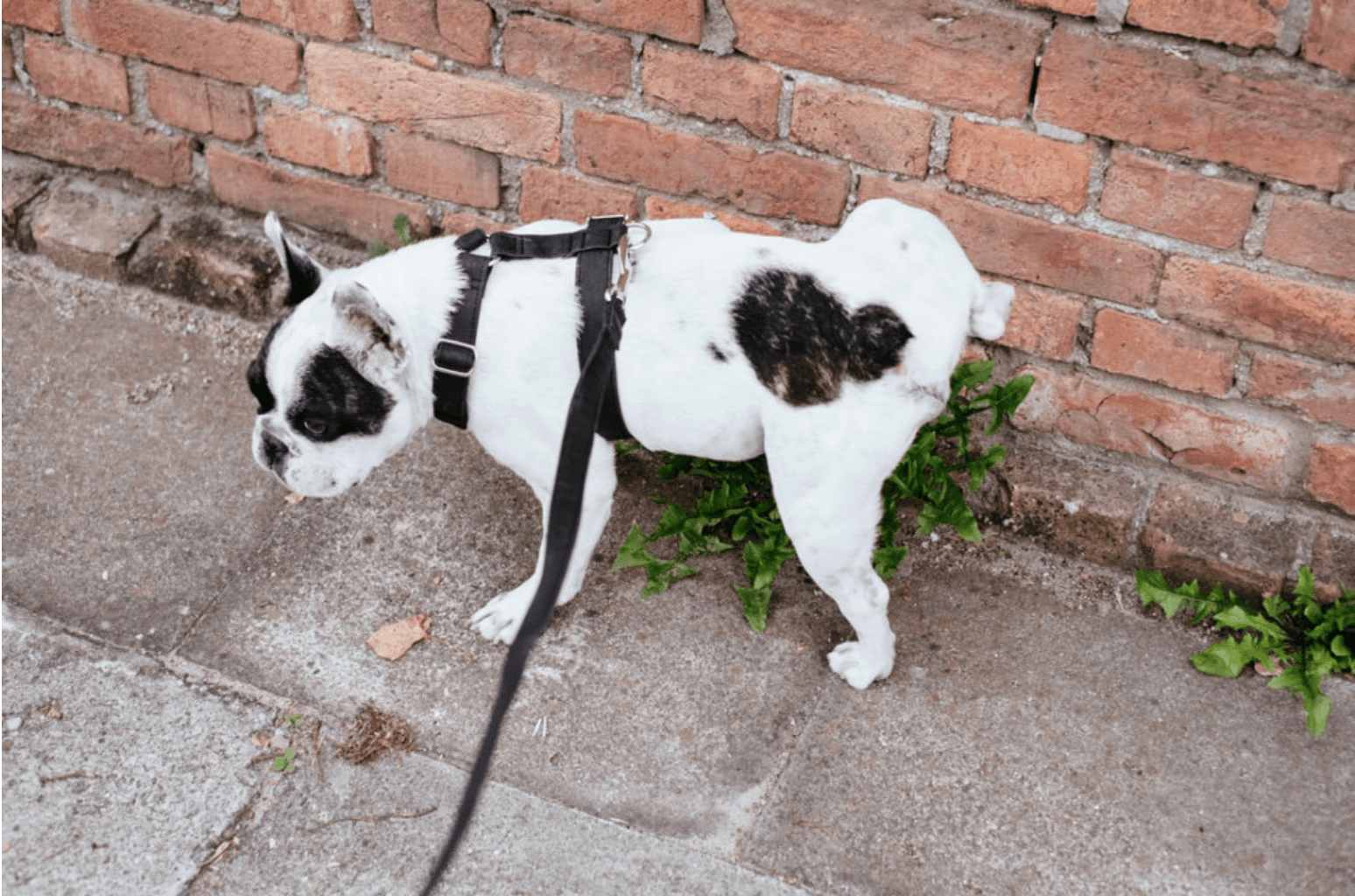I think raised garden beds can be a great addition to our yard. They are easy to construct and maintain and have numerous advantages. So I wanted to know what the main things to consider when building raised garden beds are.
When building raised garden beds, you should consider the frame material, size, location, and location preparation. As you decide on the plants to grow, you should consider the type of soil and the irrigation system if you want to have one.
If you plan it right, you are going to be very satisfied with your raised garden bed.
Benefits of Using Raised Garden Beds

A raised garden bed consists of a freestanding bottomless frame that holds the soil and the plants in place. Of course, there are many versions.
Besides looking nice, these beds have many advantages over traditional gardening layouts. Some of those are:
Better Soil and Weed Control
You can fill up the frame with the exact type of soil you want. It will ensure all the nutrients and growing conditions necessary for the plants you have chosen. Weeds are also less likely to grow in raised beds, and they are easier to remove.
Improved Drainage
Deeper soil that is contained in beds improves drainage and enables roots to grow longer and bigger. And you will be less likely to overwater the roots because of the greater depth.
Potentially Less Body Pain
Gardening is not easy. When you see a beautiful and rich garden, you better believe that it took hours of hard work. By having it raised, you will enjoy your garden work in a more comfortable position.
Fewer Pet and Children “Accidents”
There is nothing worse than your beloved dog running after a ball and stepping all over your freshly planted tomatoes. By raising it off the ground, it is harder for pets to step over your plants.
Even if you have no pets, children, or guests at a barbecue party will have less of a chance to mess up your garden.
Save Espace
Gardens take up significant space. The garden bed containment allows you to add and keep all your products in one place. The garden won’t spread around by having a frame, and you will always use just this designated spot. It is much more convenient than conventional garden rows.
What to Consider When Building Raised Garden Beds?
Before you build a raised garden bed, there are a few key things to consider:
Raised Garden Bed Frame Material
There are many materials that you can use as the frame of your raised garden bed. They all have pros and cons. Here is the list of the typical materials used:
Cinder Blocks and Concrete Blocks
Cinder blocks and concrete blocks are very versatile for many DIY projects. We used to have a bookshelf made out of cinder blocks when we lived in Los Angeles. We learned the hard way that it is not the best material in earthquake land.
They may be dangerous also for your garden as some cinder blocks and concrete blocks may be built with heavy metals and other substances known to be toxic.
Some people use them nevertheless because they are cheap, last forever, and are built to stack like legos.
On the other hand, they may not be the best natural look. They may also get too hot for summer gardens.
Metal
If you like the industrial look, this may be the way to go.
Options like galvanized metal and steel can be relatively fast to set up.
On the other hand, they can be expensive and may rust over time.
Wood
In general, wood is easy to install, and while it will not last forever, you can have a raised garden bed made out of wood for about a decade.
Which wood should you choose?
Ideally, the wood you use should be locally-sourced, untreated, and rot-resistant wood.
Depending on where you are, it may be hard or expensive to get the “ideal wood.”
The topic of whether some treated wood is safe is complicated. You are better off with untreated wood from a safety perspective.
If you are in an area where cedar or redwood grow and you don’t mind the price, they are excellent choices for your raised garden beds.
Raised Garden Bed Size
When it comes to size, the length of your raised garden bed is not an issue, you can build it as long as you want.
However, the width has to be carefully planned. The standard width is about 4 feet. If the garden bed is wider than that, you will have a hard time reaching the middle, and you may have to climb on top of it.
The depth of the bed should be at least 6 inches, ideally 12 or more. Lower ones are not going to have all the previously mentioned benefits.
Raised Garden Bed Location and Preparation
Location is very important, as plants need the sun to grow. Choose a place where the sun reaches the ground at least 6 hours a day, preferably more. If the location is protected from harsh wind, that would be ideal.
When you choose the ideal location, you have to prepare it first. Loosen up the soil, and dig through the first 10 inches. If you want, you can even remove this part and fill it with the soil you are going to use in the garden bed.
If any plants are growing in the designated spot, you have to kill them before building. The natural way to do this is to cover it with cardboard or something similar to block the sunlight and wait for a few weeks.
Soil Type
The type of soil is also very important. Choose a mix of topsoil based on the plants you want to grow. Fill the bed with it completely. As time passes, the soil could become more compact and lower down the volume. You can always add a bit more if that happens.
Irrigation System
The soil in raised garden beds dries faster, which can be an issue in the summer months.
You will have to water them frequently. Some homeowners install an irrigation system to provide the necessary water for their plants. This can be a bit more expensive and not suitable for everyone. The raised bed can function well without it too.
How to Maintain Your Raised Garden Bed?
Maintenance of the raised garden bed is fairly easy. Provide care for plants you are growing and regularly inspect the frame. If you see any rotten or broken boards, replace them.
Regularly remove weed or pests if you notice any, and add some fertilizers if the soil loses its nutrients over time.
Summary Video: What to Consider When Building Raised Garden Beds
Below is a good 4-minute long video on the topic of building raised garden beds:
Related Posts:




